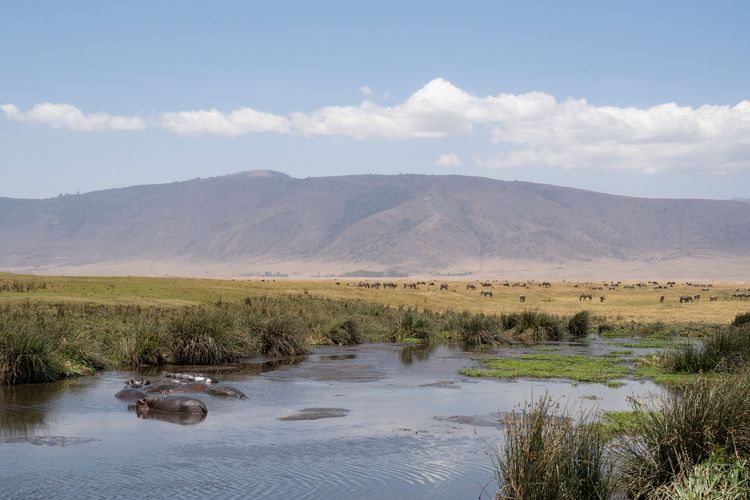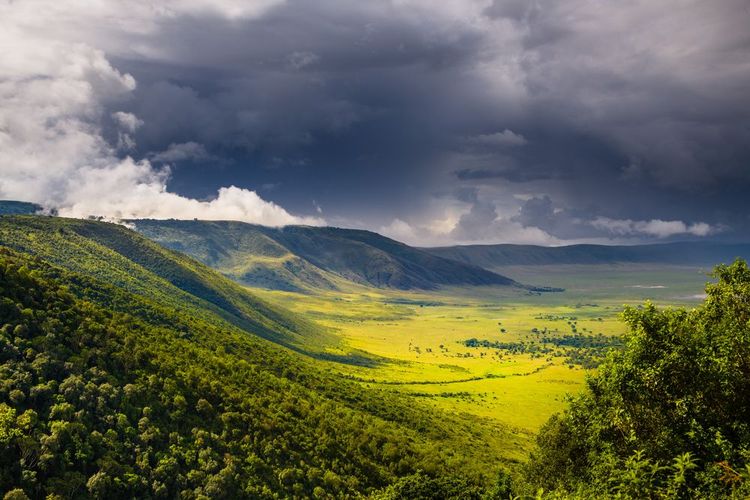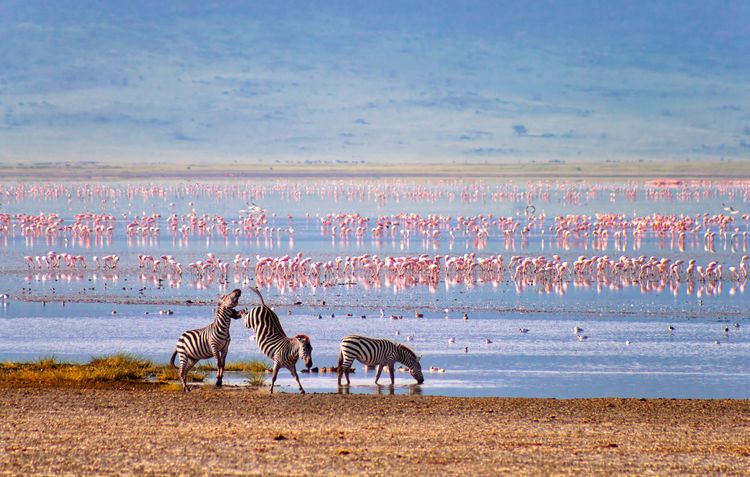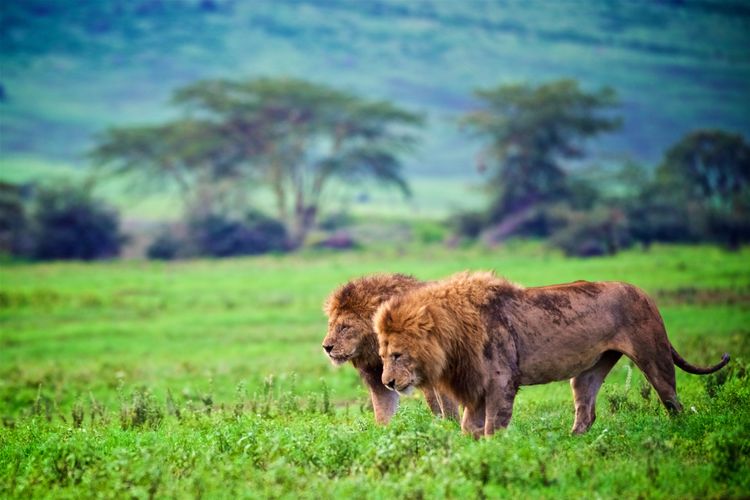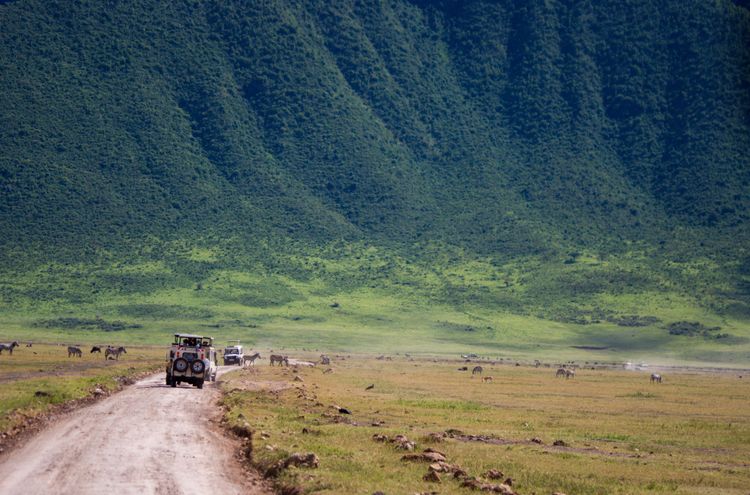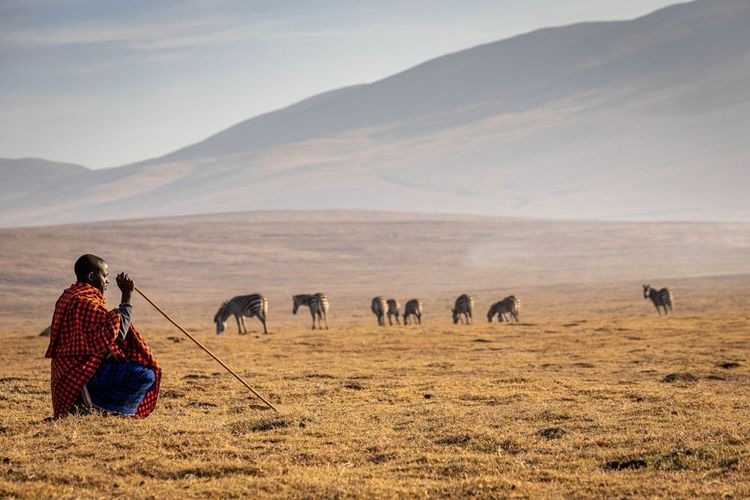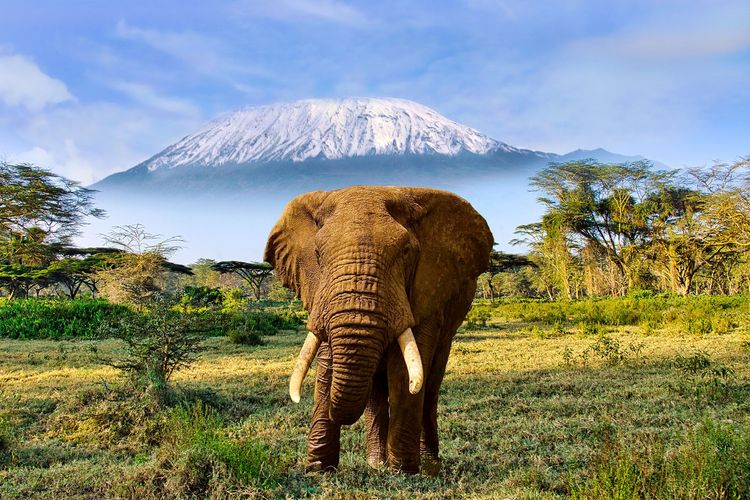Located in the Arusha region of northern Tanzania, the Ngorongoro Crater is a natural wonder of unparalleled beauty. Formed over 2 million years ago, this crater is considered to be one of the largest collapse craters in the world. It was originally a large volcano that erupted. It measures around 22 km in diameter and covers an area of more than 320 km². It has been a UNESCO World Heritage Site since 1979 for its ecological and cultural wealth. The crater is home to more than 25,000 wild animals, some of which are endangered, such as the black rhinoceros, cheetah, elephant and lion.
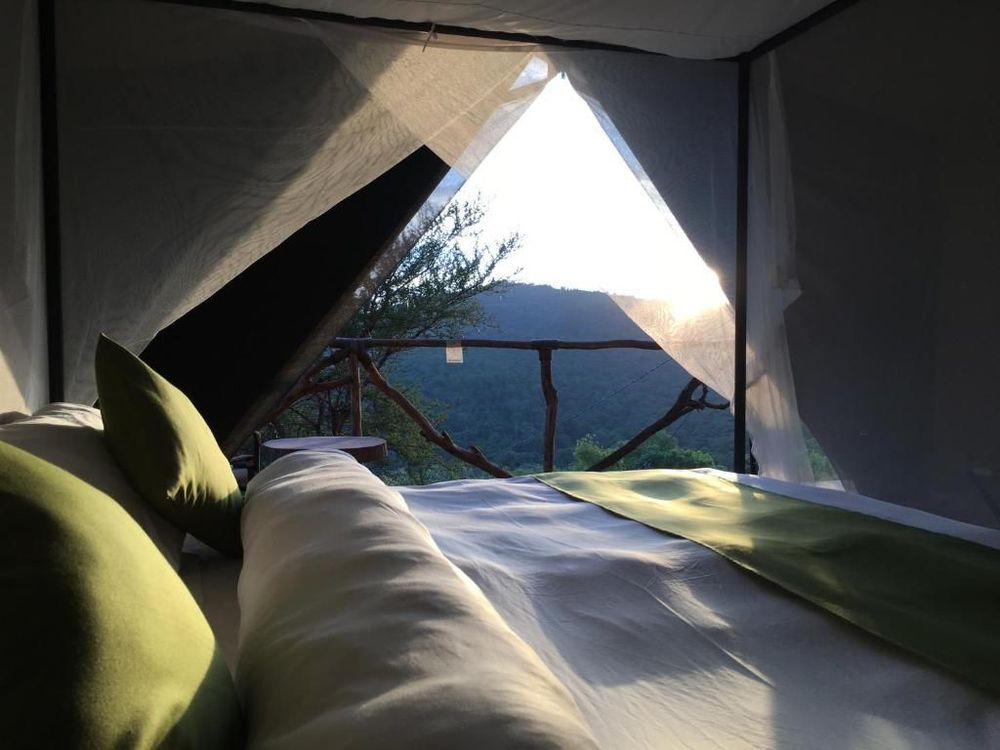 Tanzania
Tanzania
